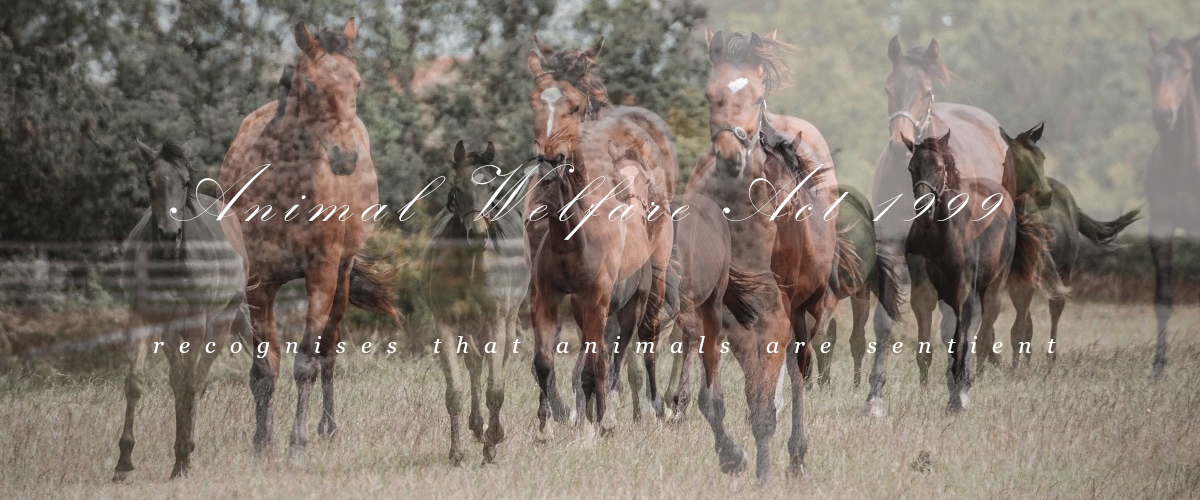MANUAL THERAPY
—
PREVENTION
To understand the importance of prevention, a few words about chiropractic definition of a vertebral subluxation and its phases, which precede visible clinical signals of the physiotherapeutic problems. The vertebral subluxation is a physiological and neurological disturbances caused by two adjacent vertebrae pinching a spinal nerve and its related structures. A vertebral subluxation reflects the body's desperate need to respond and adopt to adverse mechanical, chemical, or mental stimuli. The subluxation does not always hurt, and sometimes the subluxation can fester for weeks or months before the horse comes with pain or dysfunction. Before noticeable changes in animal behaviour and movement, there are seven phases to the vertebral subluxation. In preventive examination of the horse, the most important thing is to detect pathological changes as soon as possible to avoid lowering horse well-being and expensive future treatment.

The first phase of subluxation is a misalignment, and is usually causes by trauma. For example, if a horse suffers from the fall, his muscles splint the traumatized area to prevent further injury, and may alter the way he walks. Neuropathy is the second phase. This is when the foramen between two spinal vertebrae, called the neural foramen becomes compromised, and in result the spinal nerve becomes compressed and less vital. At this point, subluxation enters the kinesiopathy phase. This is deranged joint motion where the area becomes stiff or fixed. A lot of physiological changes take place here including joint swelling, scarring, adhesion formation, vascular stress, and muscle atrophy. If the initial trauma, caused tissue damage, the ligaments may become weak and loose. This phase leads to dysfunction of the joints and tissues. Limping, head bobbing, and an abnormal gait are signs of dysfunction. Symptoms such as a pain is a fifth phase of the subluxation. Predictably, by the time you see the horse in pain, the subluxation process is already four phases deep and is now part of the body. This is why prevention is so important, to catch the subluxation in the early stage. Degeneration is one step past pain. Disease and tissue destruction ensues. Compensations are often mistaken for subluxations since they share similar characteristics such as muscle spasm and restricted motion. The property of a subluxation that is generally missing from a compensation is heat. A true spinal subluxation will feel warm, because heat denotes inflammation, which is one of the signs of a pinched spinal nerve.
Subluxation can not only be caused by trauma. One of the common reason of the subluxation In the racing training is pulling on the leads by the rider, and repetitive canter on the same leading leg. A horse with a right-handed rider will experience more right jaw (TMJ) and right neck pain, because that rider subconsciously pulls harder with their dominant hand. However, yanking on the leads too hard by anyone can stress any upper body joint, especially the neck and jaw. Repetitive training can also lead to orthopaedic problems. Bad conformation of the hoof, orthopaedic and neurology problems can also cause the subluxation.
TREATMENT
The concept of somatic dysfunction is fundamental to understand manipulative treatment. It is based on the assumption that somewhere in the process of collating information from the environment and body, processing the information in the central nervous system, and then generating a motor response, something has gone wrong. Clinically, this present as an animal with symptoms such as stiffness, loss of performance, poor coordination or gait abnormality, where no pathological process can be identified. Manipulative techniques can change the signals to the neural network, modify the way sensory information is processed, and thus correct the motor response generated in the central nervous system.

The manipulation and mobilisation of the soft tissue of the body has many benefits, among others loosens tight muscles and stretches connective tissue. The whole body is interconnected by connective tissue and therefore any disturbance, which compromises its function will affect the normal working and harmony of the body. Also, physiotherapy techniques relieve muscles cramps and spasm, decrease muscles fatigue, loosen joints and improve the range of motion, increase muscle strength, stimulate circulation of blood and improve lymphatic drainage, firm up muscles and skin tone, improve healing from injury and illness, calm the nervous system and relaxed the animal, improve length and the quality of sleep, relieve stress, anxiety, depression and irritation, increase ability to concentrate. Generally, it improves sense of wellbeing of the animal.
REHABILITATION
Rehabilitation aims to bring back full function of the body following injury or surgery through alleviating signs of illness, restoring muscles strength, endurance, and improving flexibility of the muscles and mobility of the joints. To achieve optimal results, various exercise are selected and planned individually to each patient. Although many rehabilitation protocols have been developed for many individual disease entities, science and experience still require us to approach the patient individually and be sensitive to conducting individual rehabilitation programs. Because of the constantly developing physiotherapeutic field, Vet Physio is researching and studying all the latest news and developments in the veterinary world to ensure and provide the best possible care for the animal and optimise the best recovery and wellbeing of the animal.
Rehabilitation of Vet Physio includes exercise program for individual disease cases, recovery plans for patients after injury and surgery, conditional training, in the field of obesity and anemia among animals, diabetes and laminitis, and also behaviour correction.

As an equine qualified specialist, Vet Physio always very willingly offers clients advice in the field of hippology and equestrianism, because knowledge and experience, the most important for understanding animals and providing and best care.
